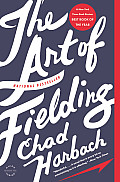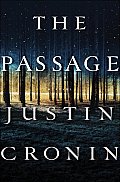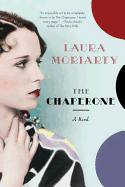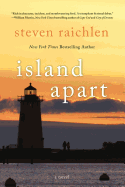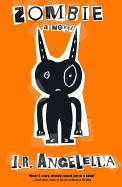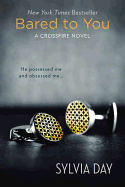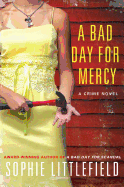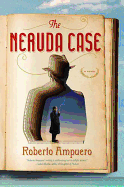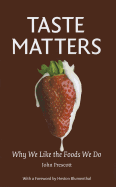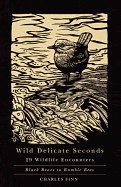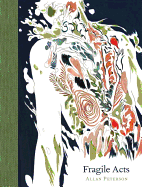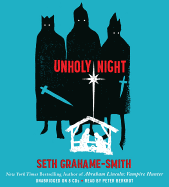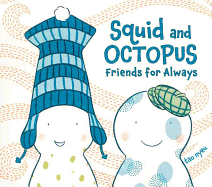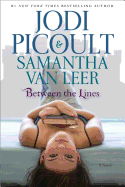
The author of four nonfiction books, Jean Zimmerman is making her fiction debut with The Orphanmaster (Viking), which blends mystery and romance in an extensively researched 17th-century America. Blandine van Couvering, just 22 and herself an orphan, is a trader--a "she-merchant." With the help of the dashing English spy Edward Drummand, Blandine is determined to discover who is murdering orphan children in New Amsterdam.
You've written nonfiction books; The Orphanmaster is your first novel. What was the impetus to go from nonfiction to fiction?
I love writing fiction... poking around into peoples' lives, especially women's lives, which often haven't been given their due in the popular imagination. I have found that in profiling women, my particular passion, there can be a certain limitation-- fewer documents exist to give the details of their lives, fewer journals or letters or memoirs. So it can be a challenge for a historian to draw a full, rich portrait of a real 17th-century Dutch she-merchant, as I did in a nonfiction book a few years back. Being able to imagine my way across some of these gaps, to invent around the edges of the historical record is one reason I so enjoyed working on a novel. I also found it tremendous fun to develop a love story with smart, quirky characters.
In addition to that love story, you developed The Orphanmaster around a mystery.
Like pretty much everyone in the world, I have always loved the tension in Jane Austen's novels between seemingly unlike characters; people who would never make sense together yet ultimately are perfect for each other. And I wanted to create some of that tension between Blandine, in all her intelligent sensitivity and Dutch independent female glory, and Drummond, martial and tough and definitely old school. I was rooting for the two of them to get together, and I was the one writing the book!
The mystery originated with the archaic term "orphanmaster," a real government function in the Dutch colony. I encountered it during research for my nonfiction book about New Amsterdam, when the orphanmaster was called upon to make sure a young girl receives a just inheritance. But to me the term sounded vaguely nefarious and spooky. It just made sense to have the good guys, the budding lovers, chasing down the bad guys, whether that turned out to be the orphanmaster or another character. It was a way to bring them together in an "alliance of two," as Drummond phrases it.
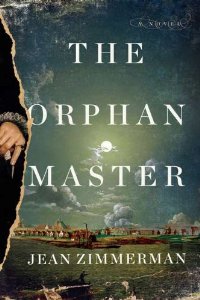 The role of the orphan in the early colonies is fascinating. Orphans weren't brought to the New World to be adopted, but as a source of labor.
The role of the orphan in the early colonies is fascinating. Orphans weren't brought to the New World to be adopted, but as a source of labor.
The colony had a high proportion of orphans not only because Holland shipped over children as a source of cheap labor, but because so many children lost their parents in the New World due to disease, shipwrecks and Indian incursions. Hence the position of the orphanmaster, whose job was to oversee orphans' interests, to speak for them and make sure they fared okay. I found the fact that so many children in this small settlement were in such a precarious position to be very poignant. The cases detailed in New Amsterdam's Minutes of the Court of the Orphanmaster prove they had a very difficult time of it. In a way, though, the orphans' experience could be a crucible that made them strong, plucky, inventive--all innately American traits. Blandine van Couvering, my central character, is herself an orphan, and those personal characteristics both help bring her forward in the world of fur trading and enable her to solve the case of the missing orphans.
Did you find it difficult to let go of the "fact" to be able to write the "fiction?"
I will always be enamored of facts. They offer a poetry of their own, and I think they are crucial to telling a story well. The fact, for example, that Hollanders preferred not to place their Turkish carpets on the floor because they thought them too valuable, instead laying them out on the table to be admired... a small fact but to me exciting, a sort of mini-novella about the mindset of the Dutch in that era. I used hundreds of such details in The Orphanmaster, and ultimately they were a springboard for exploring the relationships of my characters. The way people act toward each other and feel about each other, the choices they make, can be expressed via their material circumstances. So the fact that Edward Drummond, the English spy, habitually wears a long, ringletted wig tells of his fealty to King Charles II of England, who originated the fashion, and when he doffs that wig it says something about his evolution as a character. By the by, I love men's periwigs as curiosities of their time and have written about them before in nonfiction. Wigs were a huge part of men's and women's lives for much of recent human history. We now go about comparatively bald!
Did anything in your research surprise you?
I'm still floored by the fact that we can go back to that time, factually, via a map and census of Manhattan that were both prepared in 1660. At the beginning of the 20th century, the map's street plan and the census data were collated by an eccentric collector and genius named I.N. Phelps Stokes. Through his work, we know the identity of every person living in the New Amsterdam settlement at the time, their vocations, their personal characteristics. We know where the gardens and orchards were, what the houses were like, the layout of the whole colonial enterprise. That foundation inspired me, enabling me to see, hear and smell the Manhattan Island of that time in a way I never could have otherwise. I will never cease to marvel at my source material, which really put wind in my sails as I worked on the novel. --Jen Forbus of Jen's Book Thoughts
Jean Zimmerman: Inventing Around the Edges of History




 The role of the orphan in the early colonies is fascinating. Orphans weren't brought to the New World to be adopted, but as a source of labor.
The role of the orphan in the early colonies is fascinating. Orphans weren't brought to the New World to be adopted, but as a source of labor. 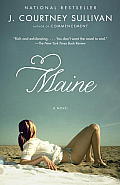 For those looking to take the beach to the beach, there is no shortage of reading material about sandy shores.
For those looking to take the beach to the beach, there is no shortage of reading material about sandy shores. 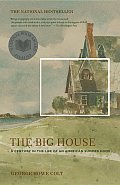 George Howe Colt takes on a similar subject--the recurring family vacation to a favorite summer spot--in The Big House, part love letter to the past and part history of the American summer home, told through the history of his family's own summer house on Cape Cod.
George Howe Colt takes on a similar subject--the recurring family vacation to a favorite summer spot--in The Big House, part love letter to the past and part history of the American summer home, told through the history of his family's own summer house on Cape Cod.